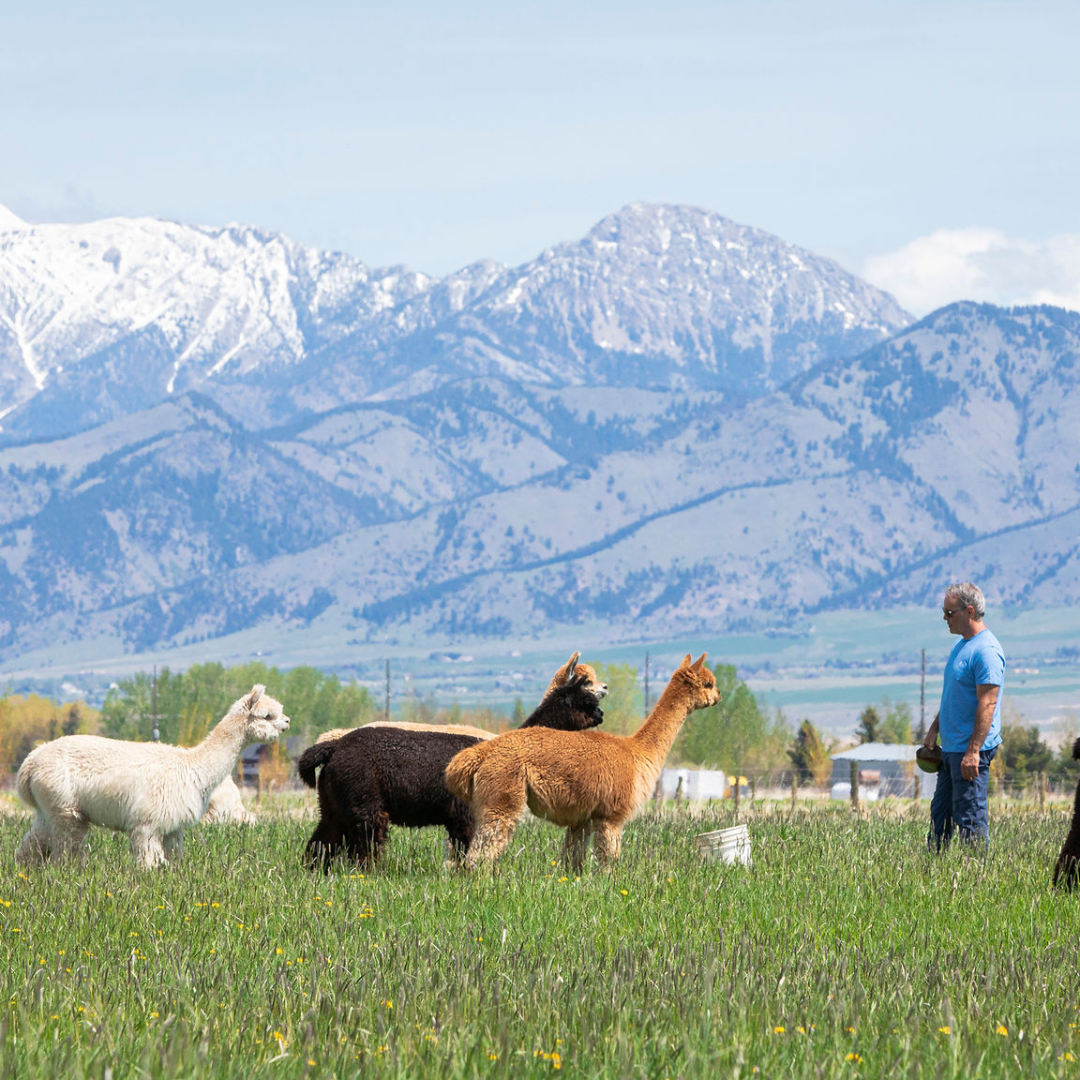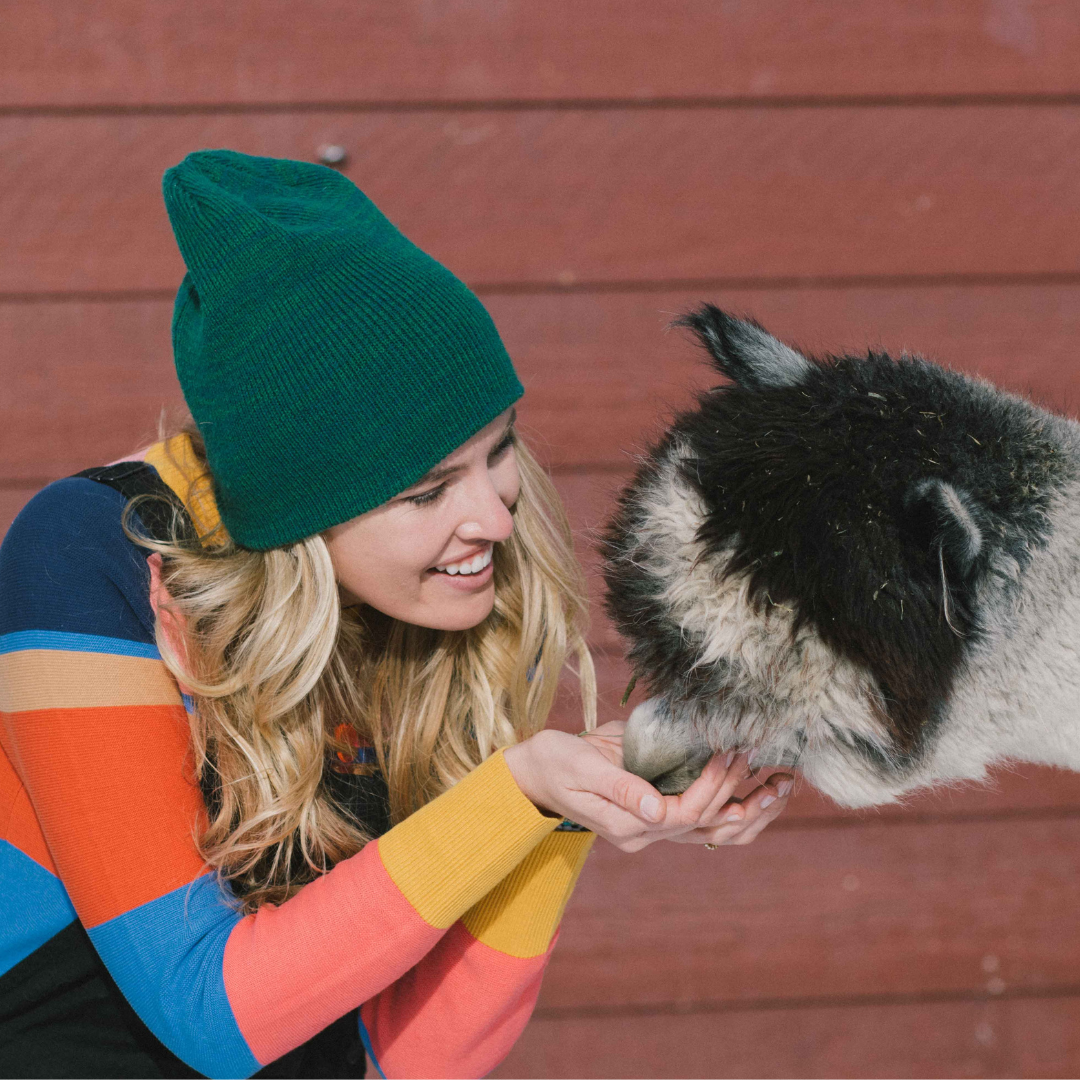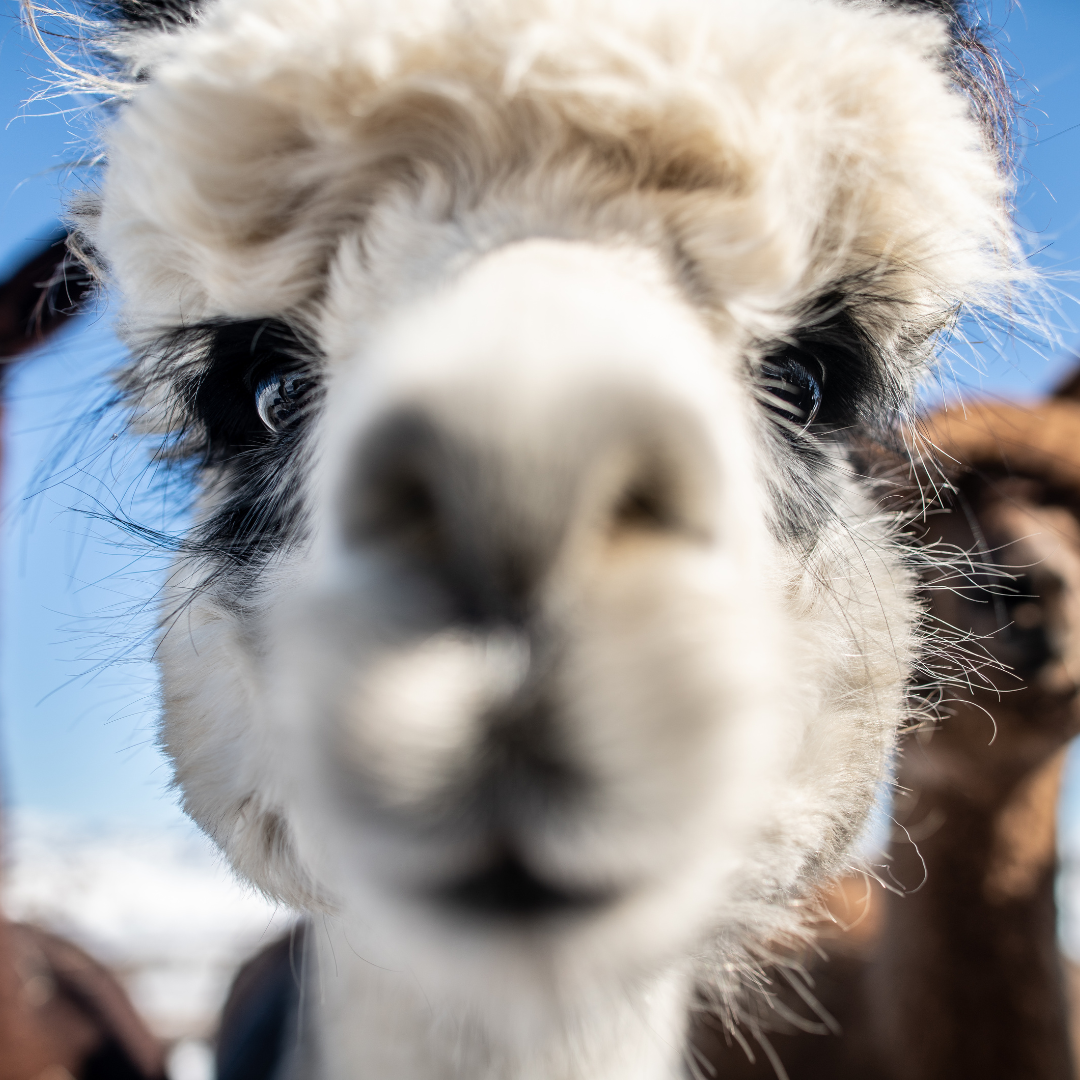It was mid morning on a Tuesday when the phone started to ring. The Alpacas of Montana phone line receives all sorts of interesting calls from people across the world, but never before had we received a call about wild alpacas. Someone in Whitehall, Montana found our number on the internet and gave us a ring wondering if we’d have any idea about what to do with nearly 2 dozen wild alpacas that were roaming the National Forest Land. Knowing that alpacas are human-made and cannot survive alone due to their inability to protect themselves, we figured the alpacas they were seeing were misidentified and were actually llamas or that there was a mix of the two. James and Sarah made the trek up to Whitehall with their trailer and harbored excitement for what they might find. James knew that the camelids must have been domesticated at some point, because there’s a next to zero chance that alpacas are born in the wild, as they are human-made creatures. Whitehall, Montana is home to basically all of the types of large predators that would be inclined to eat an alpaca for lunch: mountain lions, bears, bobcats, linx, etc. When James and Sarah found the herd, there was a mix of alpacas and llamas. Without a doubt, the llamas were acting as protection to the alpacas, but regardless, both alpacas and llamas are at a large disadvantage in the wild--especially against those larger predators.

Handling llamas versus alpacas is an entirely different game. Llamas are hundreds of pounds heavier and they’ve made it through the evolutionary process (unlike alpacas, which were bred into existence by the ancient Incans), making them much sturdier and more combative when attacked.

James and Sarah went into the whole ordeal wearing old, battered hoodies knowing full well that they would likely get spit at throughout the handling process. The game plan was to spread out, so they weren’t as threatening, rattle the food bucket and try to herd the animals into a flexible fenced area, so they had a chance at handling them. Alpacas and llamas are very much herd animals, so if one goes, they all go. James and Sarah laid down a Hansel and Gretel breadcrumb type situation and guided the animals into the flexible pen where they fed them more grain as an olive branch and a gesture of peace. James and Sarah identified who they suspected to be the youngest llama--now known on the farm as Lucy--figuring that if they caught her, her mom would follow, so it would be easier to get both of them. They cornered her and she was bug eyed and scared to death. The hope was that if they could get a halter on her and tie her to the fence, she would put up her fight with the fence and not with James and Sarah. James was getting flung around a bit as Lucy was trying to escape his grasp, but after a few minutes she changed her mode of defense fromflight / fleetofreeze and locked up, which allowed James to put a halter on and therefore tie her up to the fence. She tried to rip away from the new bounds for a couple of minutes, but then realized nothing bad was happening to her and settled down.


After Lucy was safely and calmly tied up, James and Sarah tried to see which animal was looking the most distraught as a result of Lucy’s capture, with hopes of uncovering the identity of Lucy’s mom. Once they identified Lucy’s suspected mom, they cornered her in the pen and got a halter on her. They did this with all of the females and then moved on to the males once the females were safe and calming down.
Male camelids are more likely to protect themselves with conviction--especially if they have yet to be castrated--so James and Sarah knew they would be heading into a much harder fight. Camelids first line of defense is to spit, then they hold their ground and stomp--hard. It’s important to remember as a handler that you have to clench your teeth throughout the process, so you don’t bite through your tongue if they fling their neck and head and jar your own head and neck.
The first male they went after is now known on the farm as Ninja. He was jet black and the smallest of the bunch. Because of his size, they thought he would be easier to handle, but boy were they wrong. Ninja put up the biggest fight of anyone. James cornered him and went to grab him. He got an arm around him, and as he did the frightened guy turned on a dime and bolted. The thing about handling animals like this is that when they bolt, you have to just let them go on and try again, because otherwise you’ll be playing a round of Rodeo Cowboy that likely ends in you getting dragged through the dirt behind the animal. Going into the second attempt at getting a halter on Ninja, James and Sarah made the flexible fence smaller and cornered Ninja again. He tried to push through the fence, but eventually gave in and was able to be caught.
All of the camelids aside from Lucy and Ninja loaded into the trailer on their own, but once Lucy and Ninja realized they either were getting in or getting left behind, they promptly loaded. Once they were all back on the farm, the newcomers were put in a separate pasture from the herd, so everyone could get used to everyone. They were all dewormed, fed lots of grain and treats and had their toenails trimmed. James and Sarah spent a lot of time taking the halters on and off of them, so they were more used to the feeling and realized it wasn’t scary.
Check back tomorrow for Lucy's full story after making it back to the farm!
Join the alpaca revolution! Alpaca is a sustainable alternative that is not only good for the earth, but for all of us. Alpaca wool is stronger, softer, more eco-friendly, and offers 85% greater wicking capability than merino wool. It is also hypoallergenic! Learn more about the benefits of alpaca in our Alpaca vs. Wool blog posts, shop our collections and follow us on social media!



























































































Leave a comment (all fields required)